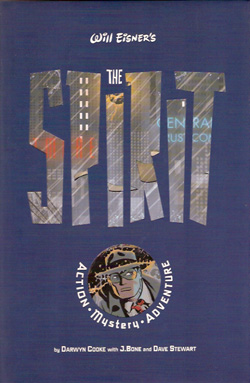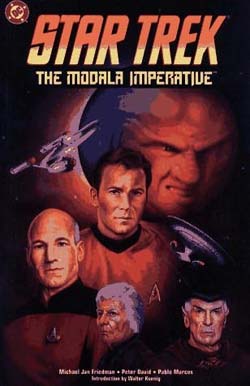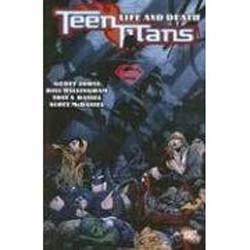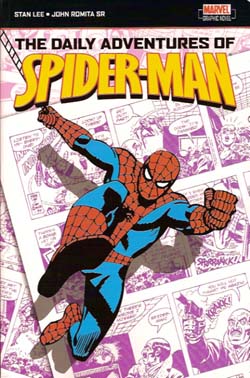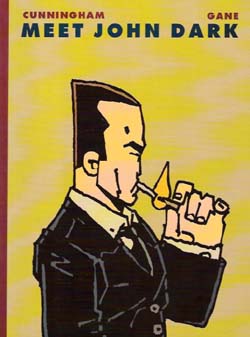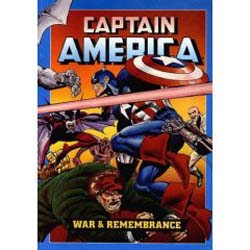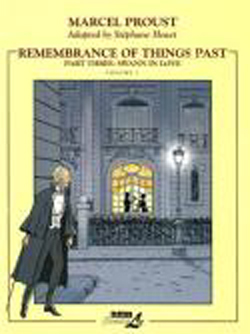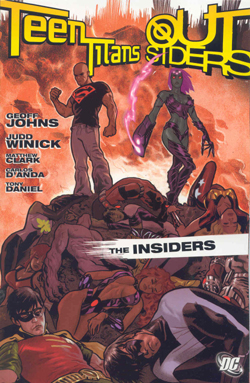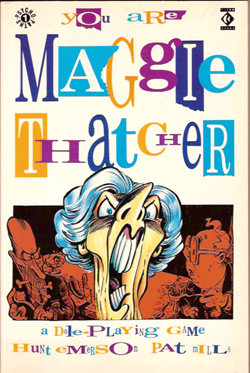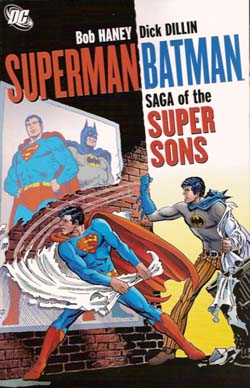
By Bob Haney & Dick Dillin (DC Comics)
ISBN13: 978-1-84576-672-6
Are you old enough to yearn for simpler times?
The brilliant expediency of the 52 concept lends the daftest tale from DC’s back catalogue credibility and contemporary resonance since there’s now a chance that even the hippest and most happening of the modern pantheon can visit/interact with the most outrageous world or concept in DC’s long history. So this collection of well told tales from the 1970s, supplemented by tales from more self-conscious times, can be reprinted with a clear continuity-conscience without even the most strident fan complaining.
Written by Bob Haney and drawn mostly by Dick Dillin, the Super-Sons appeared with no fanfare in World’s Finest Comics #215, 1972; a bad time for superhero comics, but a great era for teen rebels. The free-wheeling, easy-rider, end of the flower-power days saw a huge focus on “teen consciousness†and the “Generation Gap†was a phrase on many lips. The editors clearly saw a way to make arch-establishment characters instantly pertinent and relevant, and being mercifully oblivious to the constraints of continuity (some would say logic) simply produced tales of the rebellious teen sons of the World’s Greatest Heroes out of whole cloth.
And well constructed, well told tales they are. In “Saga of the Super Sons†(inked by Henry Scarpelli) the young heroes run away from home – on the inevitable motorcycle, natch! – and encounter a scurrilous gang-lord. But worry not, the paternalistic parents are keeping a wary eye on the lads! Speaking as someone who was the target market for this experiment, I can admit that the parental overview grated then and still does, but as there were so many sequels somebody must have liked it.
“Little Town With a Big Secret†appeared in the very next issue, another human-scale human interest tale, but with a science-fiction twist and the superb inking of Murphy Anderson. WF # 221 featured “Cry Not For My Forsaken Son!†by the same team, which showed a troubled son the difference between value and worth, and the value of a father as opposed to a biological parent. Issue #222 “Evil in Paradise†(inked by Vince Colletta) took the young heroes to an undiscovered Eden to resolve the ancient question of whether Man was intrinsically Good or Evil.
“The Shocking Switch of the Super-Sons†(WF #224, and also inked by Colletta) took teen rebellion to its most logical conclusion as a psychologist convinces the boys to trade fathers! “Crown For a New Batman!†is a definite change of pace as Bruce Jr. inherits the Mantle and the Mission when his father is murdered! But never fear, all was not as it seemed, fans! This thriller first appeared in WF #228, and was inked by Tex Blaisdell, who also inked Curt Swan, artist for the more traditional Lost Civilisation yarn “The Girl That Time Forgotâ€, from WF #230.
The Relevancy Era was well over by the time Haney, Dillin and Blaisdell crafted “Hero is a Dirty Name†(WF #231), wherein the Sons question the motivation for heroism, and in #233’s “World Without Men†(inked by John Calnan) they tackle sexual equality and unravelled a plot to supplant human males. “The Angel With a Dirty Nameâ€, by the same team (WF #238) is a villains ‘n’ monsters slug-fest indistinguishable from any other super tale, and the original series ends with WF #242’s “Town of the Timeless Killersâ€, illustrated by Ernie Chua and John Calnan, wherein the kids are trapped in a haunted ghost-town and stalked by immortal gunslingers; an ignominious close to a bold experiment.
The kids made a one-stop return in “Final Secret of the Super-Sons†by Denny O’Neil, Rich Buckler and Dick Giordano (WF #263) when it was revealed that they were a simulation running on Superman’s giant Computer. In a grim indication of how much of a chokehold shared continuity had grown into, they then escaped into “reality†anyway…
The collection concludes with a short tale by Haney and Kieron Dwyer that appeared in Elseworlds 80-Page Giant. “Superman Jr. is No More!†is a charming and fitting conclusion to this odd, charming and idiosyncratic mini-saga.
If you’re not chained to continuity why not take a look at a few gems (and one or two duds) from a era where everybody read comics and nobody took them too seriously?
© 1972-1976, 1980, 1999, 2005 DC Comics. All rights reserved.

